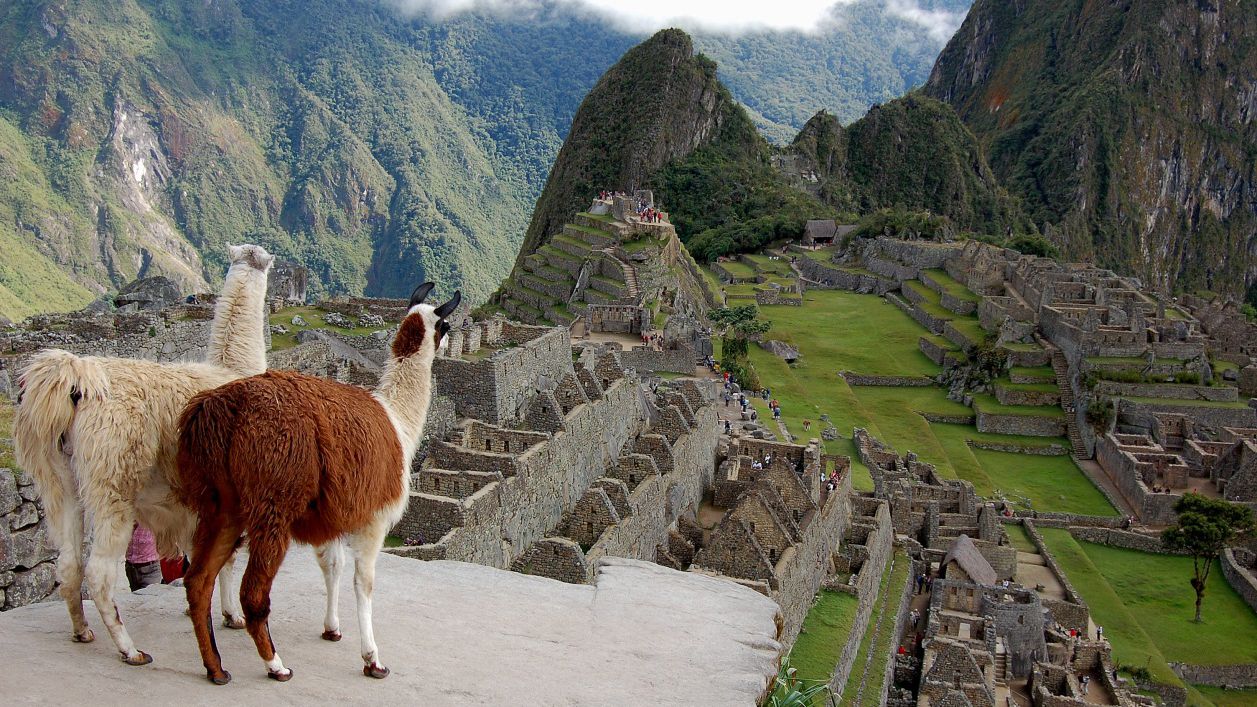
Dream of going green? Explore these terrace farms from around the world
Terrace farms were an ancient yet ingenious solution to the issue of seemingly unfarmable land. Cultivating rice crops requires completely flat fields. As a result, farmers in mountainous regions struggled to create productive crops. Luckily, farmers discovered how to turn their hillside landscapes into eye-catching crops!
Thousands of years ago, farmers created a series of layered platforms which descended the mountainous slopes. These terrace farms not only produced hillside crops but also required less water & prevented soil erosion. Let’s take a look at some of the most historic & gorgeous terrace farms around the world!
Machu Picchu
Despite being placed on one of the steepest mountains in the world, the Incas utilized terrace farming in the Andes. By using resilient crops such as corn, quinoa, and potatoes, the Inca civilization was able to flourish in such harsh terrain.
As global warming becomes more prevalent, South American farmers are returning to their roots. Farmers are revitalizing terrace farms due to their water-saving benefits. Many farms throughout South America are now rehabilitating ancient terrace farming methods.
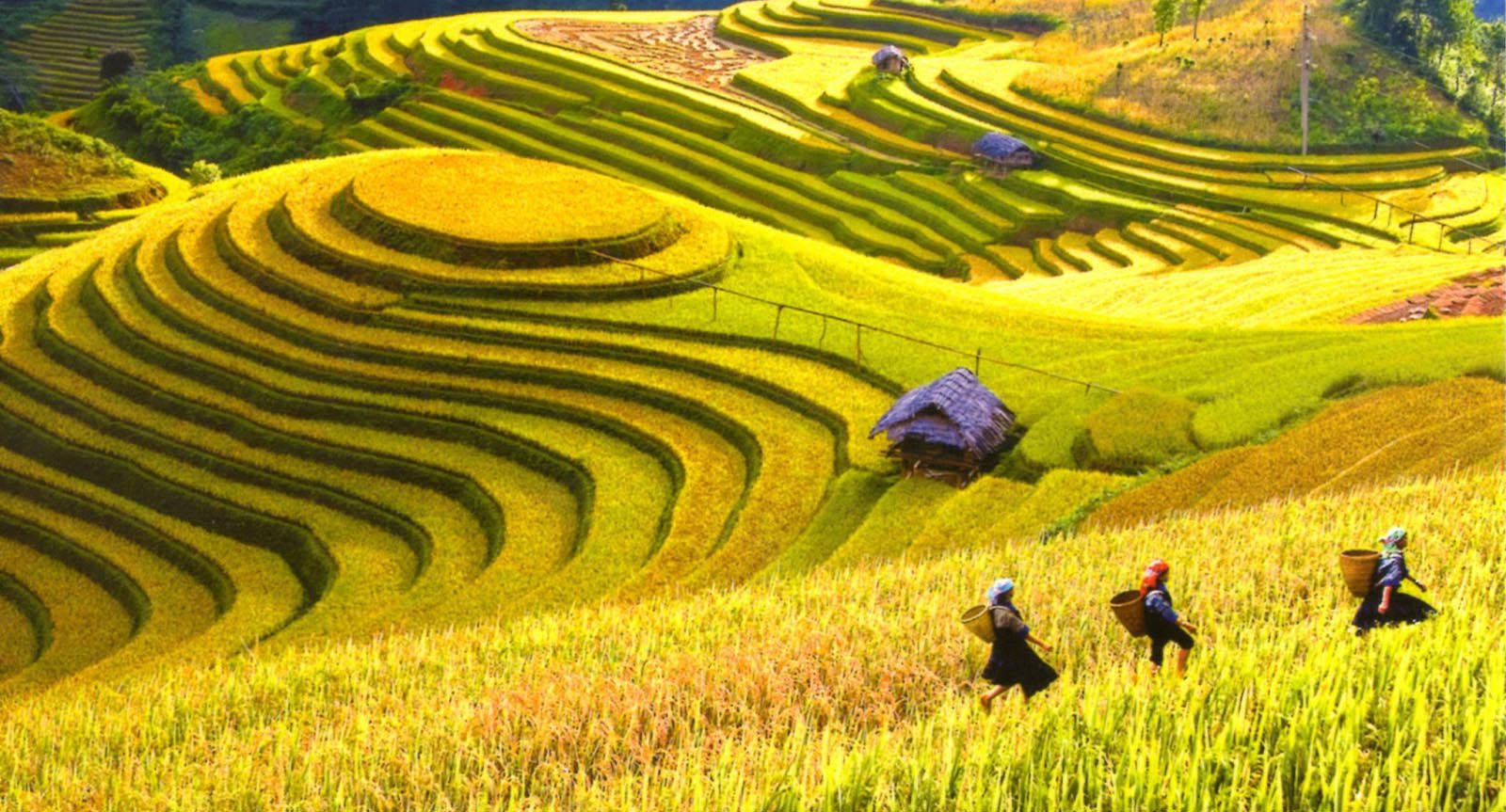
Sa Pa Terraces
Sa Pa, Vietnam’s terrace farms have been voted as one out of seven of the most beautiful fields in Asia by US magazine’s Travel & Leisure readers. Sa Pa terrace farms are a popular tourist destination in Vietnam. The rice farms are located in Muong Hoa Valley which is in between Sa Pa district and Fansipan Mountain.
Local farmers produce rice on these fantastic terraces which can be found from the bottom of the mountain to its very top. The color of these beautiful terrace farms changes throughout the seasons. Tourists can see the bright green steps from June to July. While in September & October, the platforms are colored a brilliant gold.
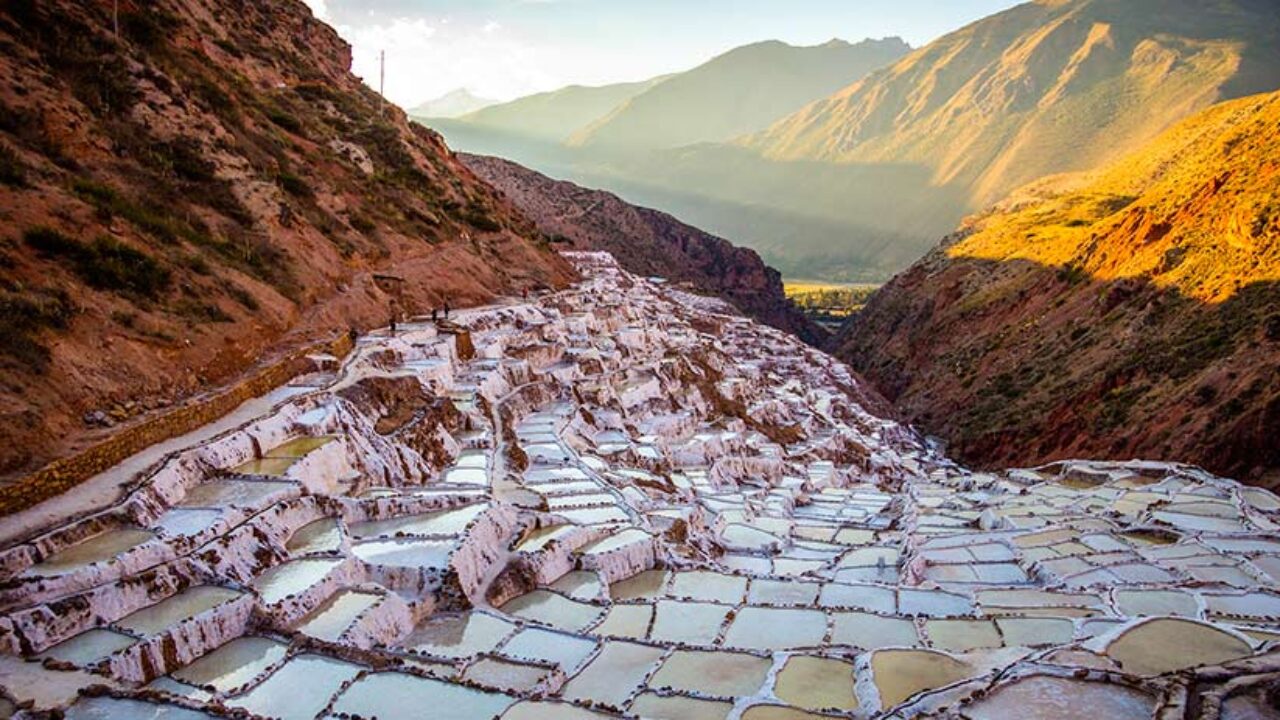
Salinas De Maras
The Maras salt flats are one of the most unique terrace farms to witness. These salt flats were also created by the Incas on their mountainous land. These salt pans are still in use just as they were thousands of years ago.
Considered some of the best salt in the world, the product is made by salt-infused water which flows down the mountain into the terraces. Once the water evaporates, the pure salt remains.
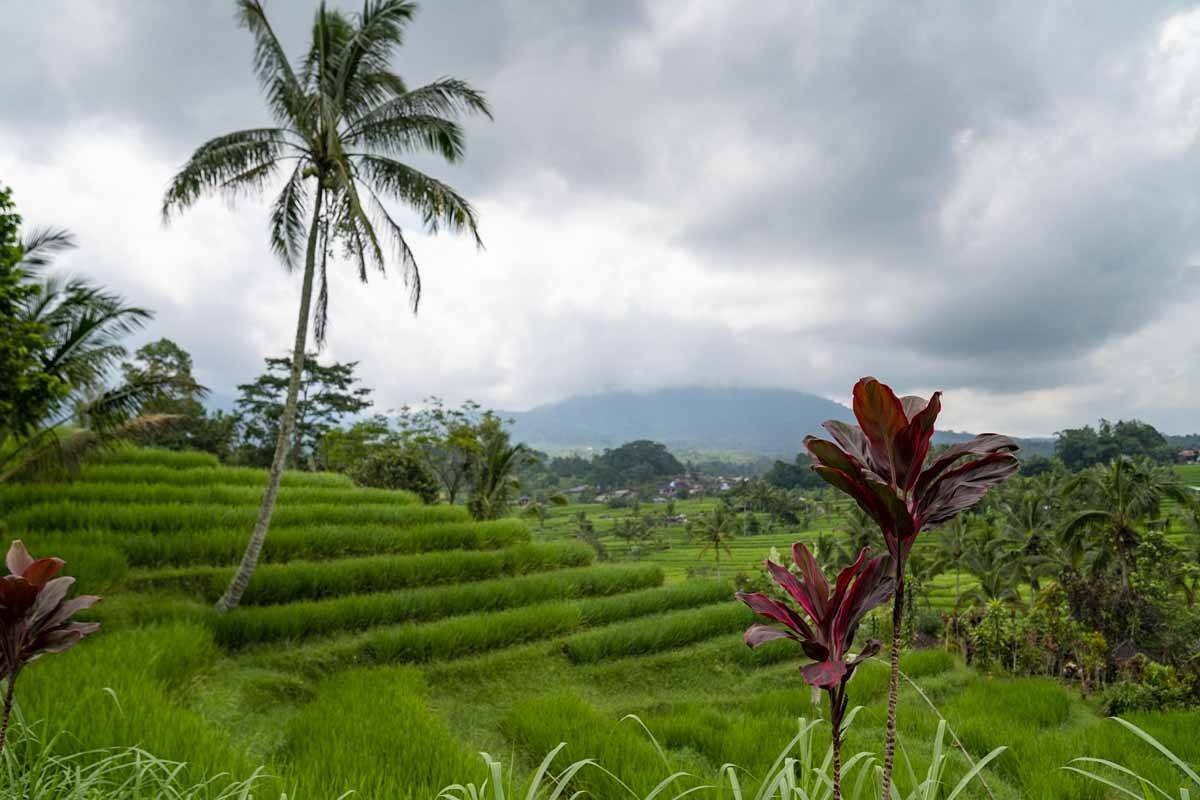
Jatiluwih, West Bali
The rice terraces in Jatiluwih were once considered a UNESCO World Heritage site and cover more than 600 hectares of land. These terrace farms are considered to be one of the largest and most captivating of all of Bali.
Visiting the Bali terrace farm requires a small fee; however, all proceeds go to the local village’s cooperative fund which maintains the historical site. The cooperative Subak also ensures an even distribution of water between the local terrace farms.
Longji Rice Terraces
Also known as Dragon’s Backbone, these Chinese rice terraces were built more than 500 years ago. The terrace farms are located sixty-two miles from the picturesque city of Guilin, China. The winding platforms rise as high as 2,600 feet above sea level.
Dragon’s Backbone received its name due to the terraces’ resemblance to dragon scales. The mountain’s summit also looks similar to the backbone of a dragon. The green rice shoots are the most vibrant during the summer.
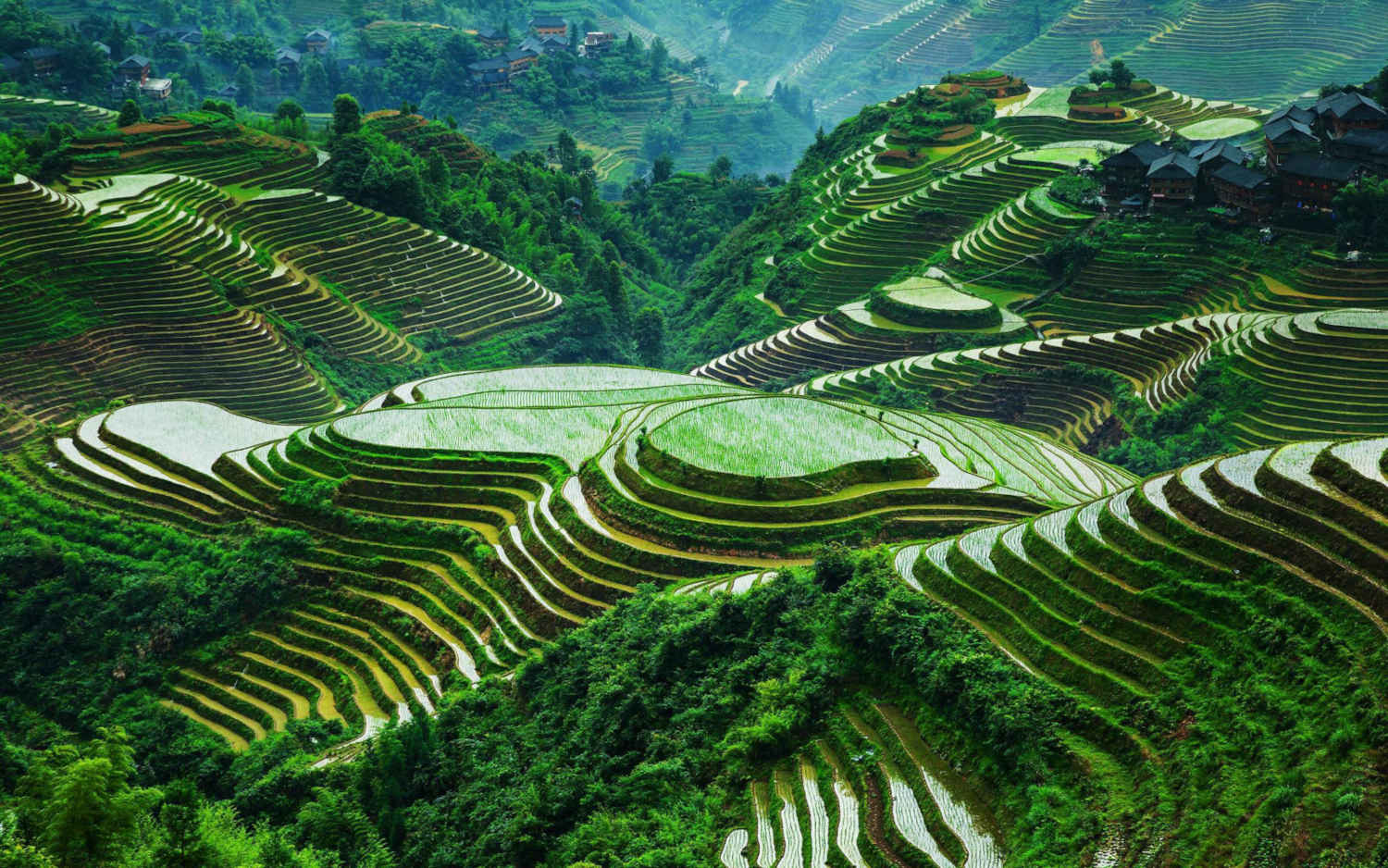
Banaue Rice Terraces
These rice terraces in the Philippines were named a UNESCO World Heritage site in 1995. The Banaue rice terraces are also considered the eighth wonder of the world. The Ifugao tribes hand-carved the terraces over 2,000 years ago.
The terrace farms reach as high as 4,900 feet above sea level on the Cordilleras mountains. Even today, locals work on the descending terraces and farm organic rice. However, as younger generations turn away from farming jobs, the Banaue rice terraces have begun to suffer.
—
Are you dying to travel to these terrace farms around the world? Which one do you think is the most stunning? Let us know in the comments below!




